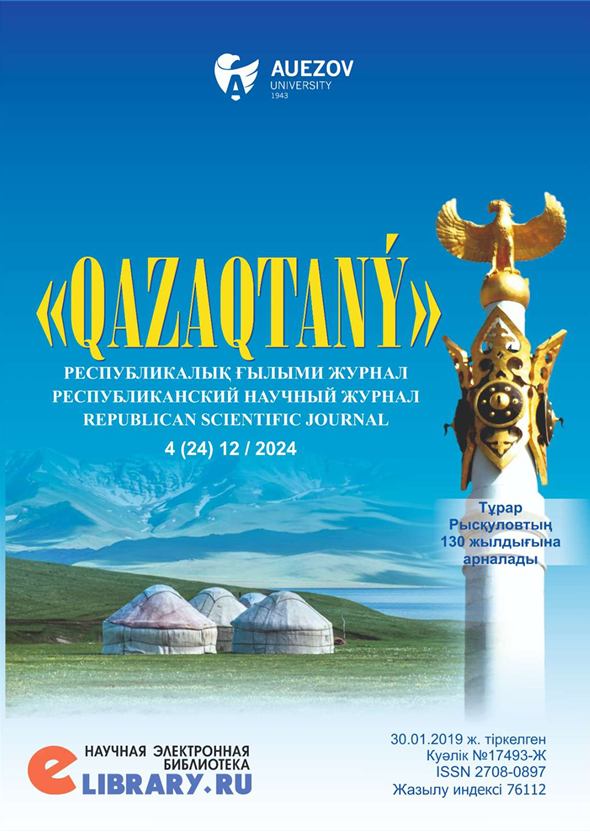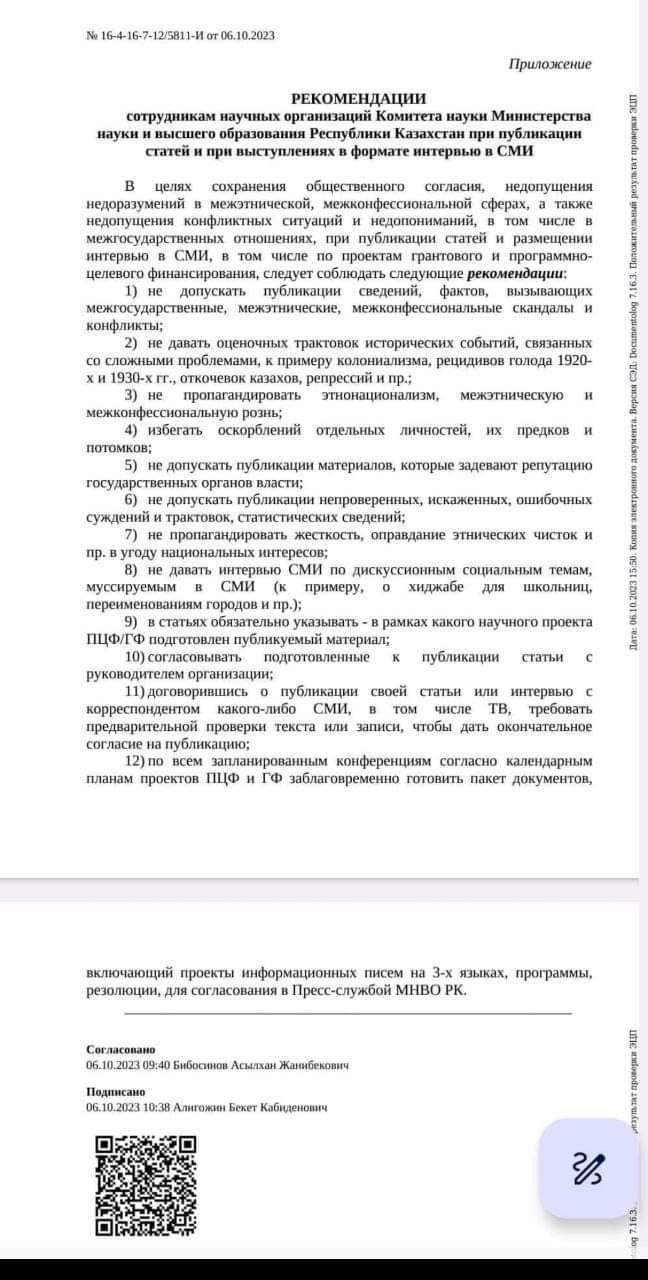ON THE ISSUE OF THE ETHNIC HISTORY OF THE CENTRAL ASIAN COUNTRIES (IN THE CASE OF UZBEKISTAN AND KAZAKHSTAN)
DOI:
https://doi.org/10.54251/2708-0897.2024.4.36qazKeywords:
interethnic,immigration, stability,national centers,tolerance solidarity, diaspora, public diplomacyAbstract
This article examines the process of multi-ethnicity in Uzbekistan and Kazakhstan in Central Asia. It systematically studies the migration and settlement of minorities and peoples to countries since ancient times.The fate of the small number of nationalities who migrated to the countries and the main factors that led to the provision of interethnic stability are outlined.In order to substantiate the research, the Baltic and German diasporas formed in Uzbekistan were mentioned. The migration of
Ukrainians to Kazakhstan will be analyzed.Some aspects of the state policy on interethnic stability in Uzbekistan and Kazakhstan since 1991 are presented.It is known from similar historical research that for the peoples of Central Asia, the Bronze Age is an important period for the ethnic history of the regions. During this period, the interaction of the local population with the tribes who came from other regions intensified. It is these processes that may have laid the groundwork for civilizations, creating ethnic formation and ethnocultural ties.



